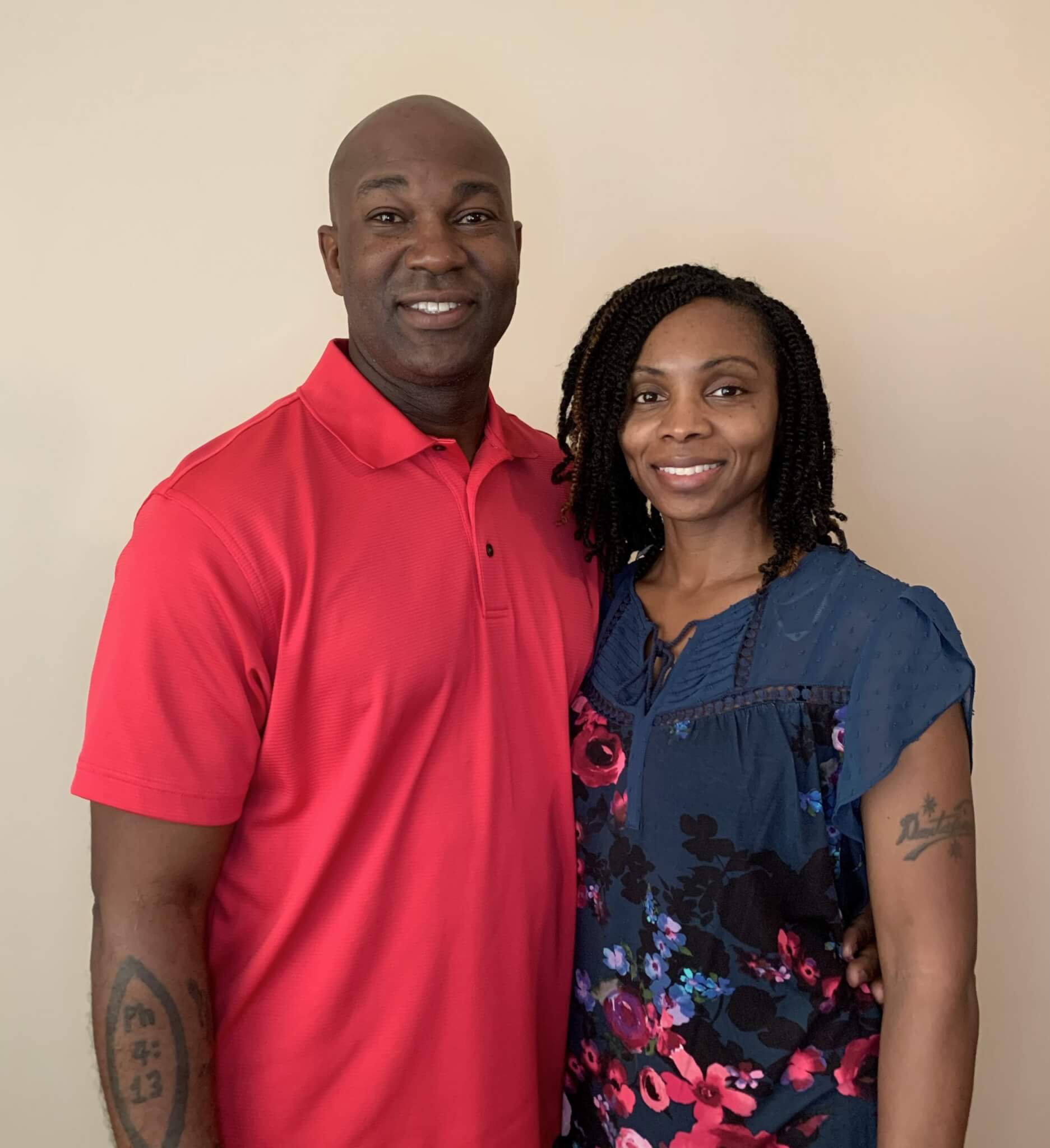Married couples in the U.S. carry more debt than their single counterparts, with data showing a difference of $61,000 between the two households.
A recent Experian report reveals that married consumers are likely to have personal loan and credit card debt, along with a total average debt of $112,627 — exceeding the national average debt load by roughly $20,000. Army veterans Annette Harris, a former sergeant who served in logistics, and Dweise Harris, a retired chief warrant officer 3, took a number of steps to ensure that financial freedom was on the other side of receiving their DD-214s. In 2020, the couple succeeded in paying off all of their debt.
Annette enlisted in the Army to follow in her mother’s footsteps. Her husband, Dweise, served for 22 years, pursuing a military career for several reasons, Annette said in an email, including to continue his education and set a path of his own. Aside from their mutual desire to work as soldiers, the Harrises also shared a common goal of becoming financially free.
In 2012, they purchased a home and vehicles. Within eight years of those major purchases, Annette said a mix of budgeting, saving, discipline, and goal setting led to them being free of debt.
“We wanted to become financially free and eliminate the interest that we were paying to creditors. Our ultimate plan was to be able to put money aside for travel, save money, and start building generational wealth. To do all of those things we decided to put together a debt payment plan,” Annette explained.
She said their first step was to focus on the high interest debt, minus their home mortgage. They started with making higher payments on their vehicle, then boat. Once that was taken care of, Annette said they increased their mortgage payments “by making principle only payments in addition to our regular payments.” She adds they also discovered a helpful trick.
“When paying extra money towards your mortgage payment, it’s important to ensure you’re applying the money towards the principle to reduce the balance you are paying interest on. In addition, ensuring that our mortgage did not have a pre-payment penalty was an important factor in being able to eliminate our debt,” she said.
Another important aspect of their success involved the actual planning. The Harrises outlined future financial goals, used Excel spreadsheets to track the monthly budget, and monitored banking and credit accounts for fraudulent activity. But working to pay off a lifetime of debt came with its own challenges.
“Being disciplined and waiting for delayed gratification was our biggest challenge. We wanted to go on trips or upgrade our vehicles. However, instead of traveling internationally or by plane, we traveled locally and by car. Dweise also did most of the repairs on our vehicles, so that we could save money and maintain our vehicles for the long run. I wanted a new vehicle, but I knew we had an end goal in mind,” Annette said.
Tips to get started on a debt-free lifestyle:
- Write out a plan for future finances that includes buy in from all members of the family.
- Update any income changes to adjust the plan.
- Live below your means or according to the previous year’s budget.











































